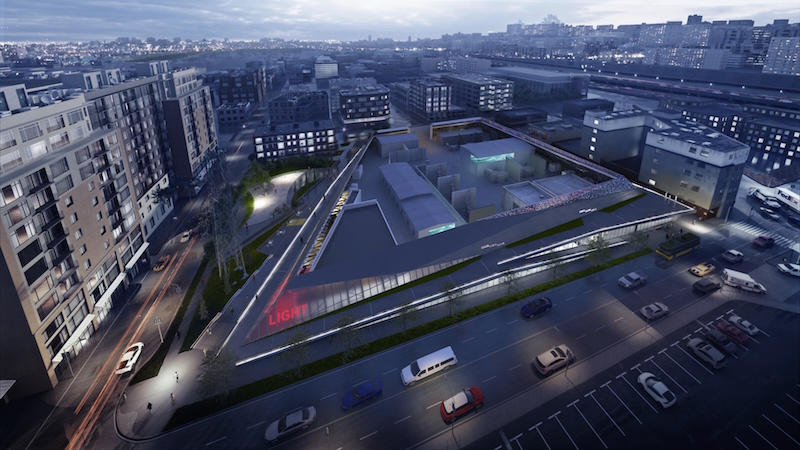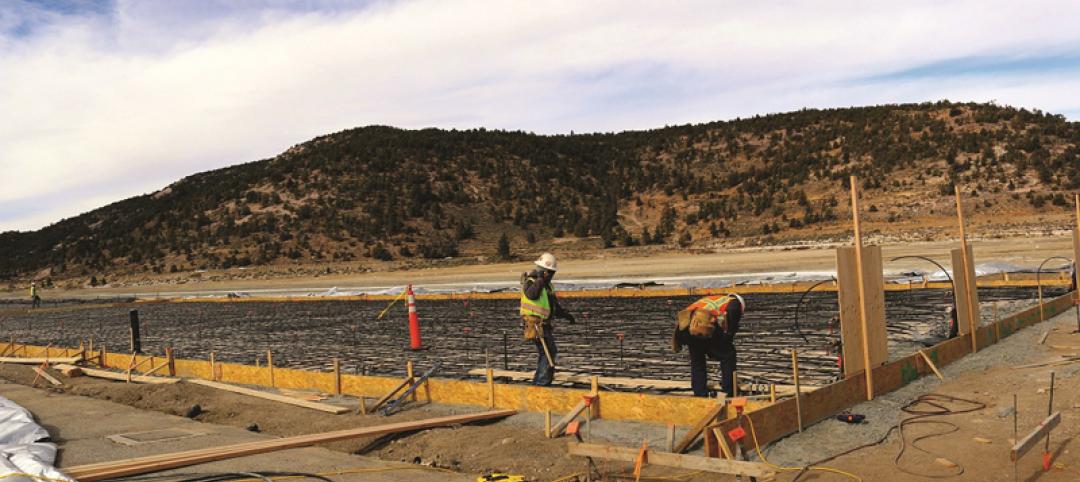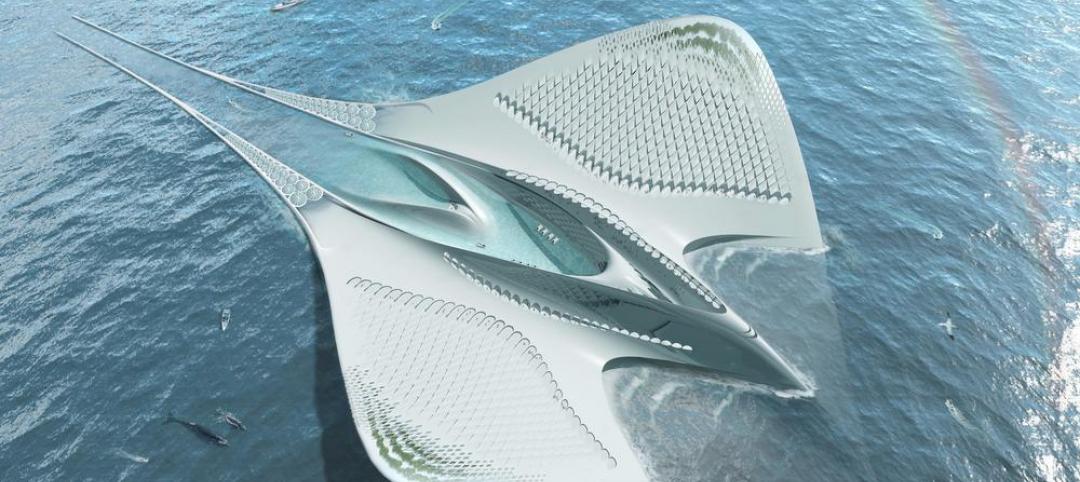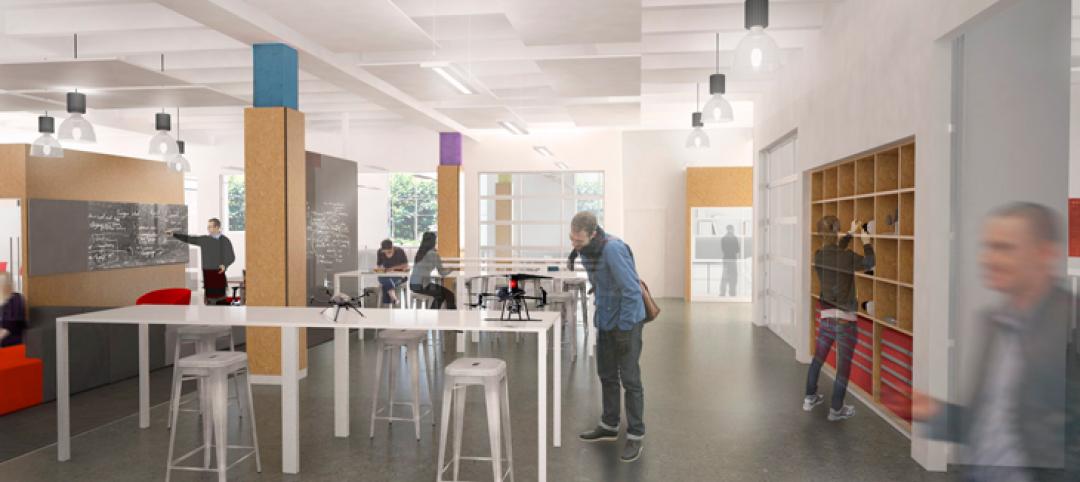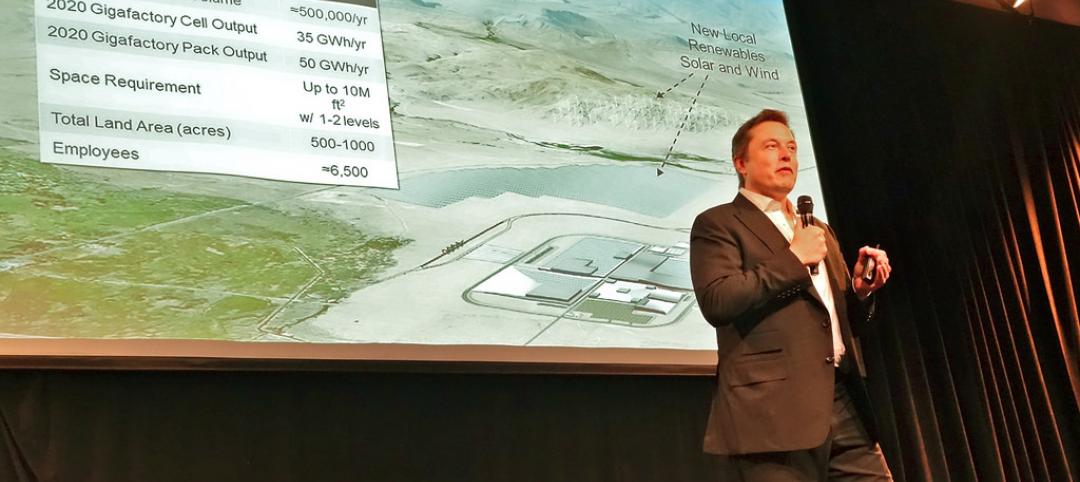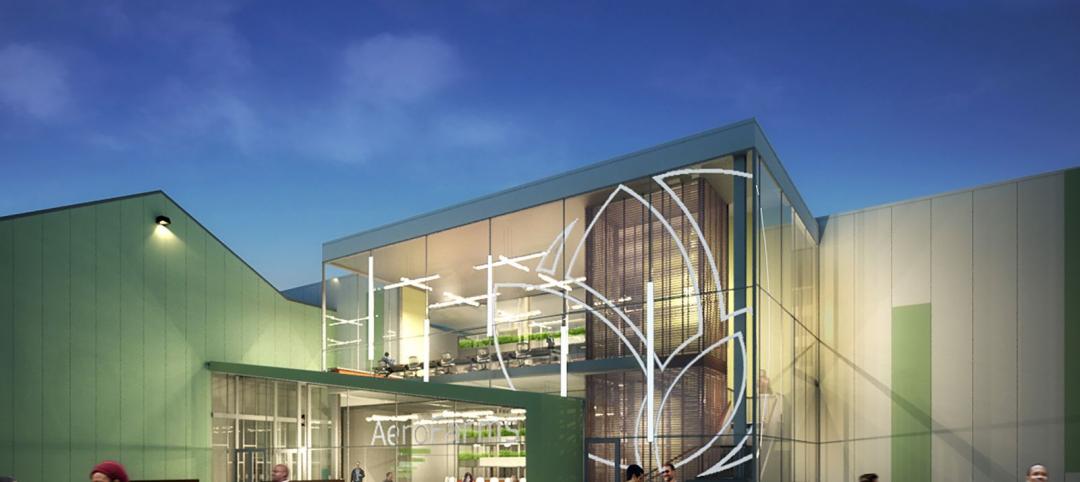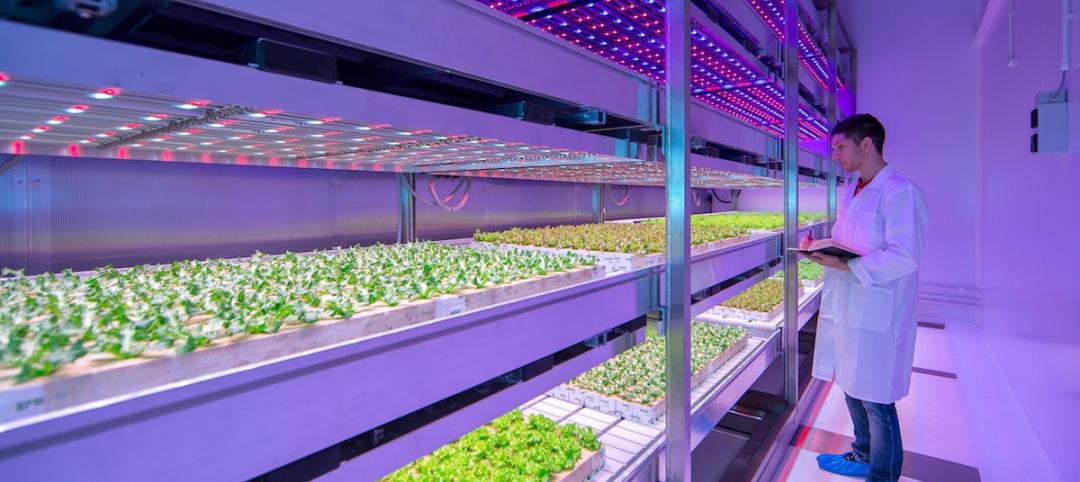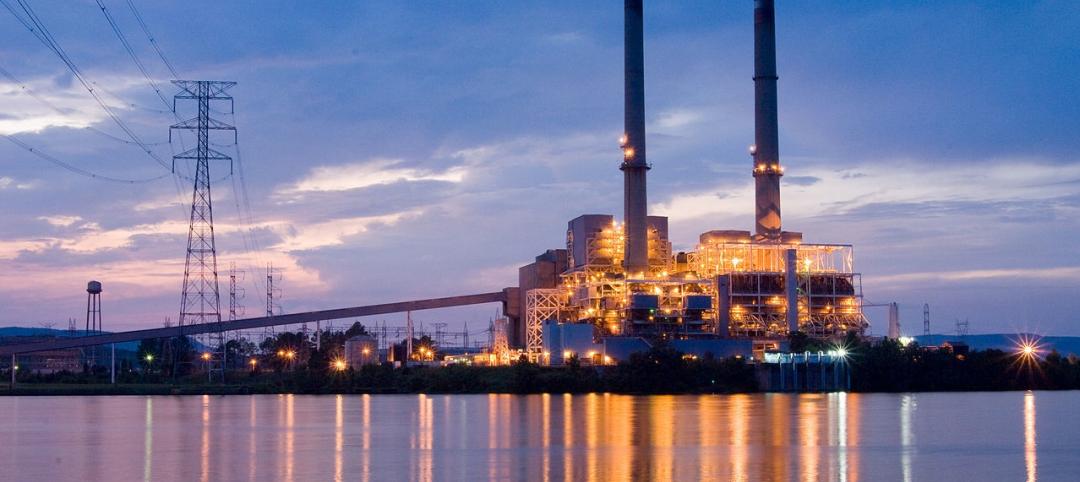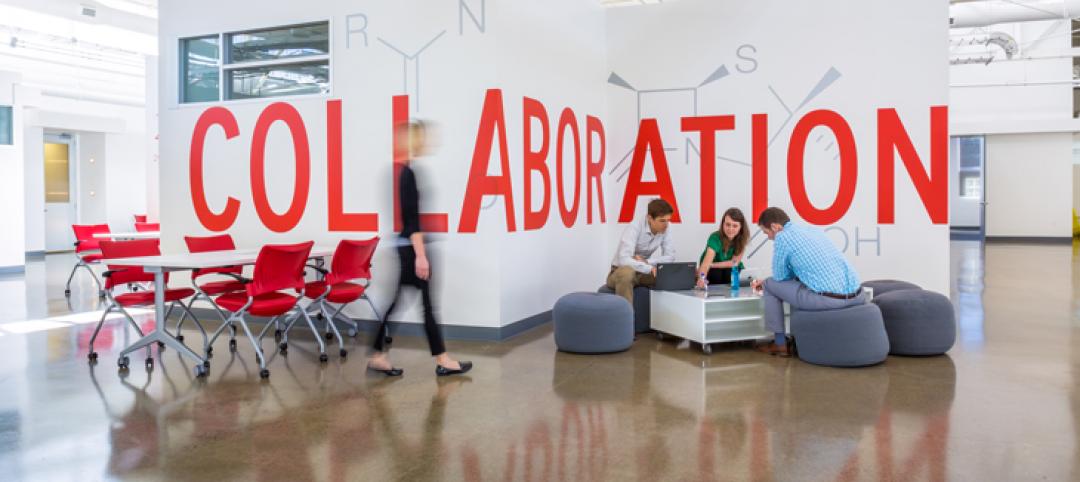Five years ago, it was apparent that Seattle’s urban redevelopment was expanding at a pace that would require more electrical output. Adding urgency to the city’s growth plans was the fact that its aging Broad Street substation was reaching its load limits, and part of that substation’s feeder system would be de-energized over time to accommodate the construction of the Alaskan Way Viaduct replacement tunnel.
Seattle City Light, the city-owned electrical utility, finally got design approval in 2012 for the Denny Substation, which had been in the works for nearly a decade. Soon after, Amazon announced that it would build its massive new headquarters complex along the Denny Way thoroughfare. “That made all of us look smart,” says Michael Clark, PMP, Seattle City Light's Program Manager on the Denny Substation project.
Seattle City Council gave this $209 million substation—the first to be built in Seattle in 30 years—the final go-ahead in August 2015. Construction of the 110,000-sf substation began nine months later on a 120,000-sf lot where a decommissioned Greyhound bus maintenance terminal once stood. Seattle City Light expects Denny Substation to be operating by late 2018.
What makes the Denny Substation different from similar facilities is that it is designed to invite people to the site and offer them recreational activities. The project has 44,000 sf of open space and an off-leash dog park, plus an ADA-accessible quarter-mile walking loop that rises 16 feet above street level to provide pedestrians views of a public park, a landscaped terrace, and the cityscape.
One side of the building will include an area that can accommodate food trucks and other open-space activities. The design incorporates a learning center that provides information about Seattle City Light and how it promotes renewable energy. The substation will be powered by 89.9% hydroelectric energy and 3.9% wind energy, with exhibition and meeting spaces producing more power than they expend.
Metal-clad walls, 35 feet high, slope inward toward the substation, reducing its mass at the pedestrian level. Translucent glass panels will emit a soft glow at night.
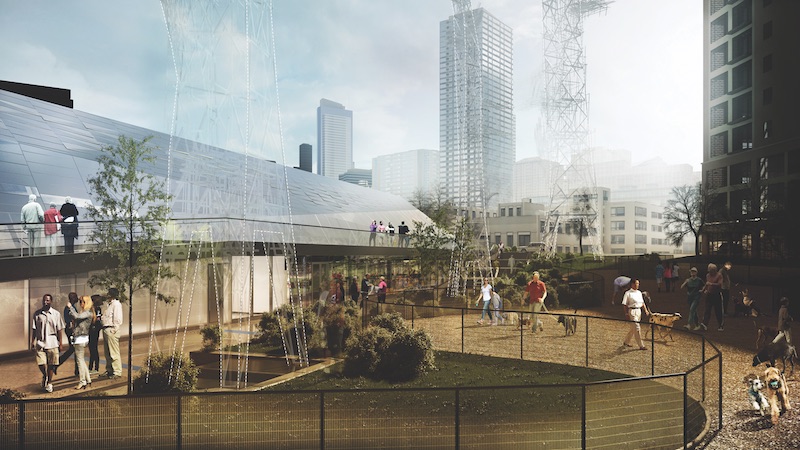 An off-leash dog park at Denny Substation. Project team: NBBJ (architect), Power Engineers (electrical design), KPFF Consulting (SE, CE), Shimmick Construction (underground network distribution system), and The Walsh Group (GC). Image Courtesy NBBJ.
An off-leash dog park at Denny Substation. Project team: NBBJ (architect), Power Engineers (electrical design), KPFF Consulting (SE, CE), Shimmick Construction (underground network distribution system), and The Walsh Group (GC). Image Courtesy NBBJ.
The city mandated that 1% of this project’s budget be spent on public art. Built into the corners of the substation are two commissioned pieces. "Switchwall," by artist Ned Kahn, consists of a series of “switches” that move when the wind blows and turn on different-colored LED lights, creating a moving pattern. "Transforest," by Lead Pencil Studio’s Annie Han and Daniel Mihalyo, is a 120-foot-high tower installed in the open space, which combines the beauty of the Pacific Northwest with the history of local power generation and transmission.
Community input and debate are integral to the city’s design-review process, known as The Seattle Way. “A utility must serve other than just its mission,” explains Clark. The dog park and walkway came out of this process, to provide public offsets for vacating a nearby street.
The site also needed extensive environmental cleanup, which required digging 40 feet below grade to remove soil contaminated by diesel fuel from the bus terminal.
Seattle City Light commissioned NBBJ to design the substation partly because of the firm’s reputation for developing concepts that all stakeholders could embrace. “There was substantial outreach, and we took the opportunity to invite the community into the process,” says Carl Tully, AIA, LEED AP, Principal and NBBJ’s project manager for the substation.
Tully credits Clark, who has been on the city’s redevelopment committee since 2002, with keeping the substation project in play. As for NBBJ’s contribution, he says, “We opened the city’s eyes to what’s possible, not just to cloak or cover up the building, but to make it a point of civic engagement.”
Tully says the design needed to account for “fixed parameters” that include a high-pressure fluid-filled 115-kV transmission cable that runs through the property. Some of the facility’s electrical equipment is quite tall, so NBBJ relocated them to the interior and placed lower equipment to the periphery. This helped reduce the scale of the substation and created opportunities for elevated walkways and occupiable space, says Tully.
He believes the concept for the Denny Substation—taking public infrastructure and creating public space—could be duplicated in other cities. But Clark doesn’t think Seattle will need another substation of this magnitude for some time. “The buildings going up are exercising much better power management, so our load has remained relatively flat,” which also means future revenues could be lower.
Clark suggests that with more cities moving toward microgrids for growing neighborhoods, there could be a need for smaller substations to support them.
Related Stories
Sponsored | Industrial Facilities | Aug 17, 2015
California wastewater agency wins with radiant technology
The Big Bear Area Regional Wstewater Agency tried several different methods to dry the sludge with only marginal success, so they decided to devise a new system that would be more effective, more efficient and would reduce the odor complaints.
Industrial Facilities | Aug 3, 2015
Architect Jacques Rougerie envisions floating city to function as roving laboratory
The manta ray-shaped vessel will be completely self-sustaining, run on marine energy, and produce no waste.
Contractors | Jul 29, 2015
Consensus Construction Forecast: Double-digit growth expected for commercial sector in 2015, 2016
Despite the adverse weather conditions that curtailed design and construction activity in the first quarter of the year, the overall construction market has performed extremely well to date, according to AIA's latest Consensus Construction Forecast.
University Buildings | Jul 21, 2015
Maker spaces: Designing places to test, break, and rebuild
Gensler's Kenneth Fisher and Keller Roughton highlight recent maker space projects at MIT and the University of Nebraska that provide just the right mix of equipment, tools, spaces, and disciplines to spark innovation.
Architects | Jul 20, 2015
New York design competition looks to shed the sidewalk shed
New York, which has nearly 200 total miles of sidewalk sheds, is seeking a concept that is practical but that also looks good.
Industrial Facilities | Jul 14, 2015
Tesla may seek to double size of Gigafactory in Nevada
Tesla Motors purchased an additional 1,200 acres next to the Gigafactory and is looking to buy an additional 350 acres.
Industrial Facilities | Jul 10, 2015
Multi-million dollar vertical farm project breaks ground in Newark, N.J.
The vertical farm by commercial grower AeroFarms will be the world’s largest indoor vertical farm.
Green | Jul 7, 2015
Philips sheds new light on growing fresh food indoors
A research center in The Netherlands is testing the latest techniques in urban farming.
Industrial Facilities | Jun 26, 2015
Google to convert an Alabama coal-burning plant to a data center running on clean energy
The $600 million conversion project will be Google's 14th data center globally, but the first it has committed to in eight years.
Industrial Facilities | Jun 24, 2015
5 trends that will shape the future of scientific labs
Scientific research is increasingly focusing on data collection and analytical analysis of that data, meaning the "lab of the future" will more closely resemble contemporary tech spaces, writes Gensler’s Erik Lustgarten.


